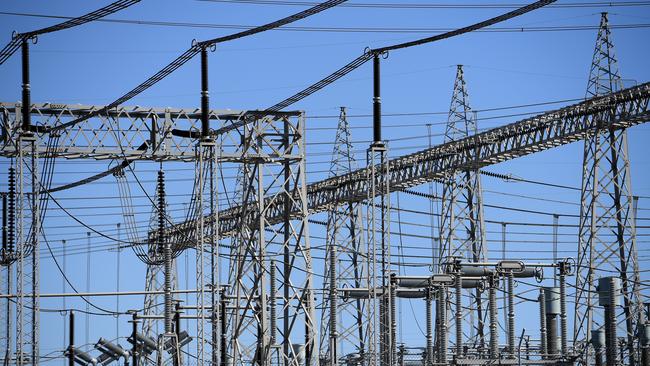Pull plug on costlypower line schedule

The latest is another cost increase for VNI West, the proposed high-voltage interconnector between Victoria and NSW. VNI West’s latest estimate of $3.3bn represents a relatively modest 10 per cent increase on the previous estimate of $2.9bn, except the earlier estimate was only two months old. The latest estimate is 110 per cent higher than the initial estimate of $1.6bn four years ago. Who knows what the final cost will be when completed in 2031, after inevitable construction contingencies? No doubt much more than $3.3bn.
VNI West is not alone. Every major transmission project on the drawing board is experiencing cost blowouts. For example, since 2018, the estimated cost of:
• EnergyConnect, the interconnector between NSW and South Australia, increased 50 per cent (from $1.5bn to $2.3bn).
• HumeLink, the line connecting Snowy 2.0, increased 190 per cent (from $1.1bn to $3.3bn) .
• Marinus Link, the undersea interconnector between Victoria and Tasmania, increased 250 per cent (from $1.1bn to $3.8bn), though partly due to adding a second cable.
Collectively, the cost of these four projects has blown out 140 per cent, a compounding increase of 25 per cent a year across four years. And this is all during the preliminary planning stages, before construction has started.
The overall cost of the 35 transmission projects in the Australian Energy Market Operator’s 2022 Integrated System Plan, together with the necessary connections within renewable energy zones, adds up to more than $50bn. Based on the abject estimating performance to date, there is every chance the final cost will be considerably higher.
Not only have costs soared but scheduled completion dates also have blown out, by years for some projects. The unprecedented quantity of projects (10,000km of lines plus substations), after decades of minimal transmission being built, and coinciding with intensifying global supply-chain shortages, is presenting overwhelming construction challenges and putting unrelenting pressure on prices.
To give some idea of the enormity (and, in our view, impracticality) of the construction program, in NSW alone five projects costing $12bn are scheduled for completion in the next five years: Central West Orana (2025), EnergyConnect (2026), HumeLink (2026), New England REZ (2027) and Sydney Ring (2027).
In addition to cost pressures from the construction frenzy, there is vehement opposition to overhead lines from communities and landowners, resulting in delays and costs, and potentially higher payouts for easements (ignoring the social costs). It may be appropriate for some sections to be situated underground, adding further upfront costs (though with offsetting social, environmental and financial benefits).
The $50bn-plus tab will be borne primarily by electricity consumers; transmission tariffs will triple. The federal government’s $20bn Rewiring the Nation plan could partially support this expenditure but that will serve only to transfer some of the cost to taxpayers. Either way it is the community that pays.
There is no question that more transmission is essential for the transition to renewable energy. But the cost is soaring many times higher than initial estimates and for some proposed projects beyond their economic worth. Attempting to build the current schedule of transmission projects is unrealistic and is of itself driving up costs even more.
It’s time for a rethink, for a rigorous and far more accurate assessment of costs and benefits, and for a prioritised plan of what can be practically achieved at a worthwhile cost (financial, social and environmental). The community should not be lumbered with uneconomic infrastructure and exorbitant costs that we will be paying for across decades.
Ted Woodley is former managing director of PowerNet, GasNet, EnergyAustralia and GrainCorp. Simon Bartlett is former chair of Electricity Transmission, University of Queensland; chief operating officer, Powerlink Qld; and director ElectraNet SA.



We have become accustomed to the cost of infrastructure projects being underestimated. These days it is rare for large projects to come in close to budget, let alone within budget. But new records in underestimation are being set for electricity transmission projects, potentially costing the community tens of billions of dollars extra.